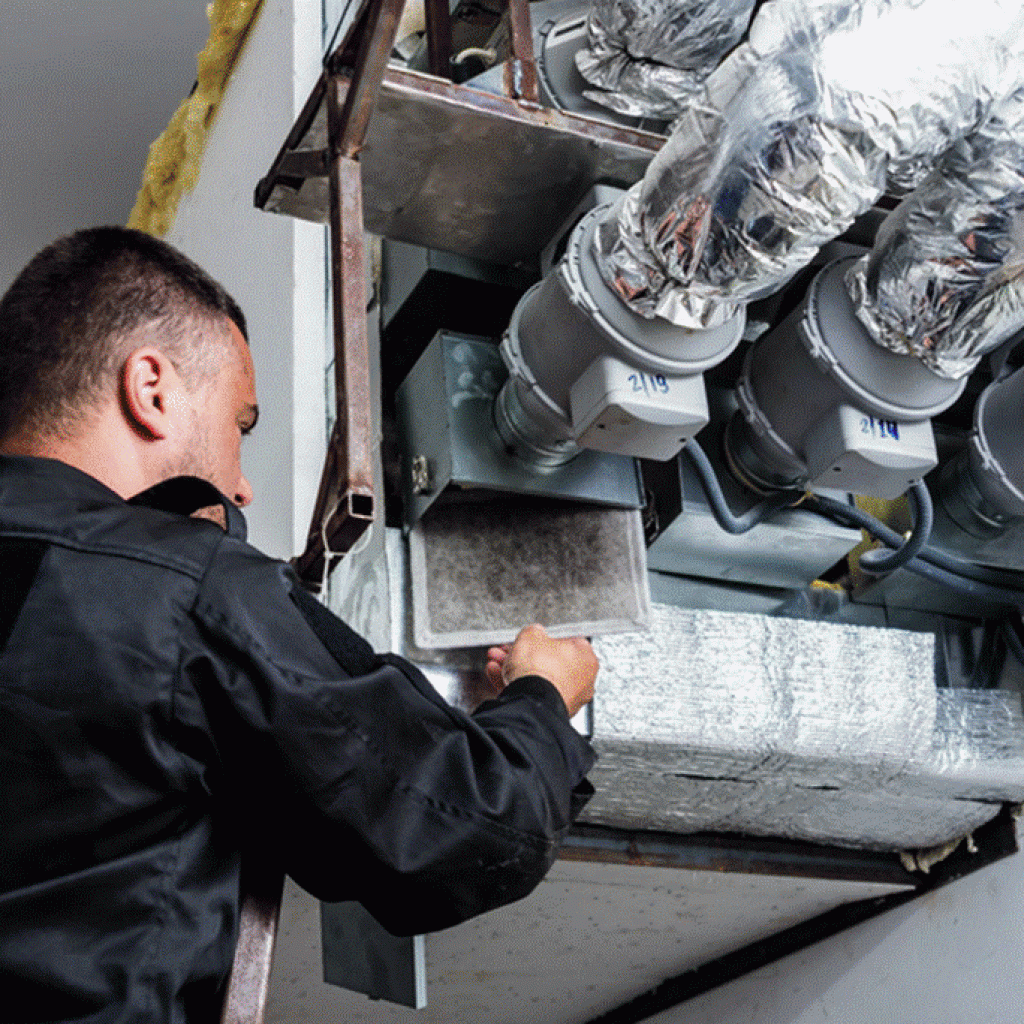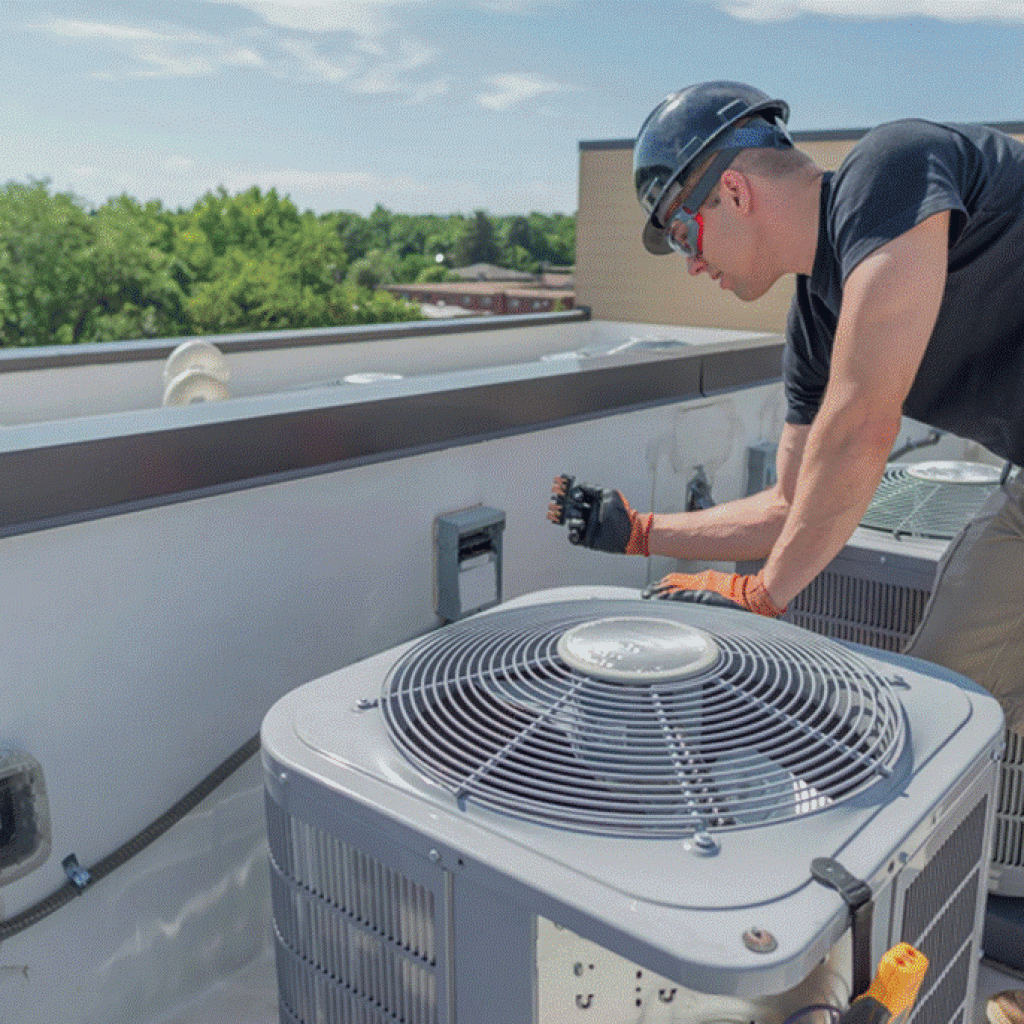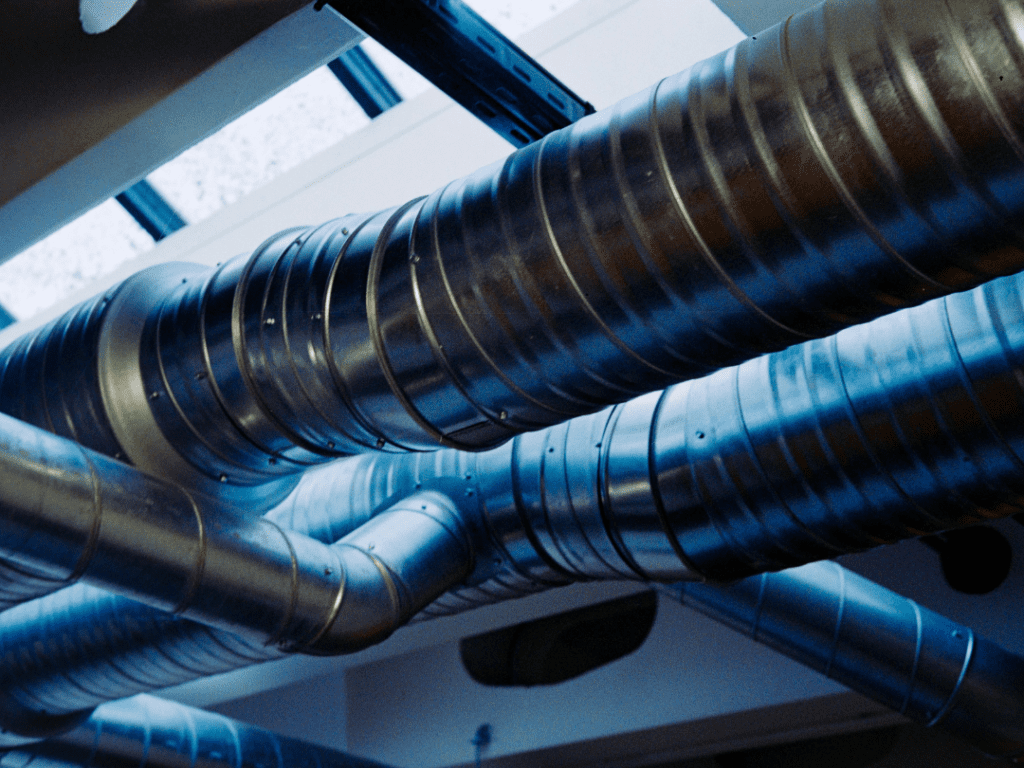HVAC (Heating, Ventilation, and Air Conditioning) systems are essential to home comfort, but they can also be a source of unwanted noise. If your HVAC unit is loud enough to disrupt sleep, conversations, or daily routines, it’s time to take action. This guide offers a detailed, practical approach to identifying the source of the noise and implementing effective solutions.
Contents
1. Identify the Source of the Noise
Before attempting any fixes, it’s crucial to pinpoint exactly where the sound is coming from. HVAC noise can originate from several places:
- Indoor components such as the air handler, furnace, ductwork, or vents.
- Outdoor unit, typically the condenser or heat pump.
- Structural vibrations are transferred through walls, ceilings, or floors.
Common types of HVAC noise include:
- Banging or clanking: Often caused by loose or broken parts in the blower assembly or motor.
- Whistling: Usually results from restricted airflow or high-pressure ducts.
- Buzzing or humming: Can be due to electrical issues, loose parts, or faulty relays.
- Rattling: Often indicates debris in the outdoor unit or loose duct components.
If you’re unable to isolate the noise source yourself, consider contacting a professional HVAC repair service to perform a diagnostic inspection.
2. Reduce Ductwork and Ventilation Noise
Ductwork is a major contributor to household HVAC noise. Sound can travel easily through these metal channels, especially if they’re undersized, poorly installed, or made from thin material.
Here are some ways to address noisy ducts:
a. Seal Leaks and Gaps
Air leaks in ducts not only waste energy but also cause whistling or hissing sounds. Use foil-backed tape or mastic sealant to patch small holes and seams.
b. Insulate Ducts
Adding insulation around your ducts helps absorb sound and improves energy efficiency. Look for fiberglass or foam insulation wraps rated for HVAC systems.
c. Install Flexible Duct Connectors
These rubber or fabric connectors can be added between the air handler and the duct system to absorb vibration and reduce the transfer of sound.
d. Increase Duct Size
Undersized ducts cause high-velocity airflow that leads to whistling and humming. If your HVAC system was retrofitted or poorly designed, upsizing the ducts may be necessary. This requires a licensed HVAC technician.
3. Quiet the Indoor Air Handler or Furnace
Indoor HVAC units have multiple moving parts, and many of them can be sources of noise:
a. Replace Worn Bearings or Belts
Over time, fan motors and blower belts wear out and start to squeal or grind. Regular maintenance can catch these issues early. Replacing the parts is usually straightforward for a technician.
b. Tighten Loose Panels and Screws
Vibrations from normal operation can loosen screws or panels, leading to rattling noises. Check the cabinet, blower access panel, and mounting hardware.
c. Add Sound-Absorbing Material
Line the inside of the air handler cabinet with acoustic insulation or vibration-damping mats. Be sure to use materials that are safe for high temperatures and won’t impede airflow.
d. Clean the Blower Fan and Housing
Dust buildup on the fan blades and motor housing can throw the system out of balance, leading to humming or buzzing. Turn off the power before attempting any cleaning.
4. Reduce Outdoor Unit Noise
The outdoor condenser or heat pump often generates noticeable noise, especially when starting up or shutting down. To reduce this, consider the following:
a. Use a Sound Blanket
Compressor sound blankets are made of dense acoustic foam and are designed to muffle the noise from the compressor without impeding airflow or efficiency.
b. Install a Noise Barrier
Erecting a fence or shrubbery around the unit can deflect sound waves away from your home. Be sure to maintain at least 2 to 3 feet of clearance for proper airflow and maintenance access.
c. Place the Unit on a Vibration Isolation Pad
Outdoor units should be installed on rubber or neoprene pads that dampen vibration. If your system sits directly on a concrete slab, retrofitting with a vibration pad can make a noticeable difference.
d. Level the Unit
An uneven base can cause the fan or compressor to vibrate more than usual. Use a level to check the unit and shim as necessary.
5. Additional Tips for a Quieter HVAC Experience
While fixing the core noise source is key, there are several general practices that can contribute to long-term noise reduction:
a. Schedule Regular Maintenance
A seasonal check-up by a licensed technician helps catch issues before they become serious. Tasks include tightening components, checking refrigerant levels, lubricating motors, and cleaning coils and fans.
b. Replace the Air Filter Often
A clogged filter restricts airflow, forcing the system to work harder and louder. For most homes, replacing the filter every 1 to 3 months is recommended.
c. Upgrade to a Quieter Model
If your HVAC system is more than 15 years old, it may simply be louder by design. Modern systems often come with variable-speed motors, insulated cabinets, and better fan technology that drastically reduces noise.
d. Use Smart Thermostats and Zoning
A smart thermostat allows more gradual changes in temperature, reducing the system’s workload. Zoning systems can also optimize airflow, preventing pressure buildup that causes whistling or banging.
Conclusion
Living with a noisy HVAC system is not just an annoyance it can impact sleep, productivity, and even property value. Fortunately, most noise issues can be traced to specific causes and solved through careful troubleshooting or simple upgrades.
By identifying where the noise originates, sealing duct leaks, tightening mechanical parts, and using noise-dampening accessories, you can restore peace and quiet to your home. For persistent or complex problems, don’t hesitate to call a qualified technician. With the right combination of DIY effort and professional help, your HVAC system can run efficiently and quietly for years to come.



